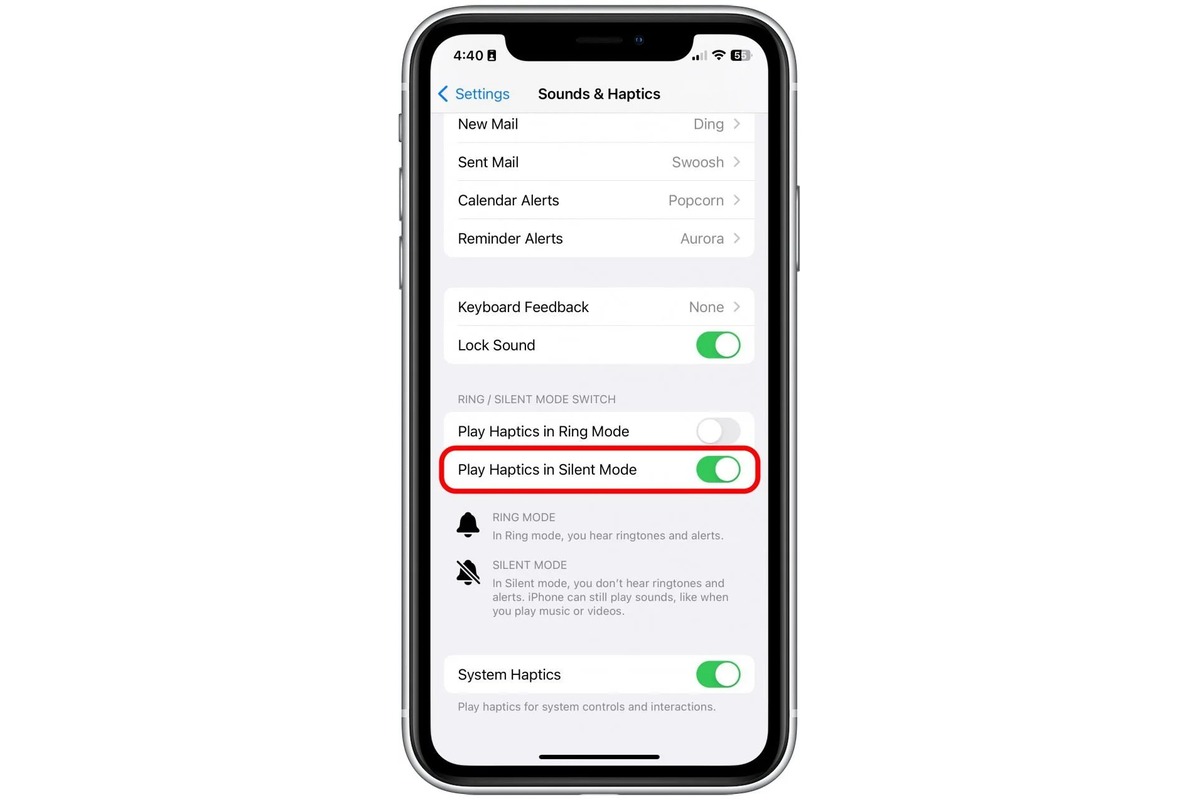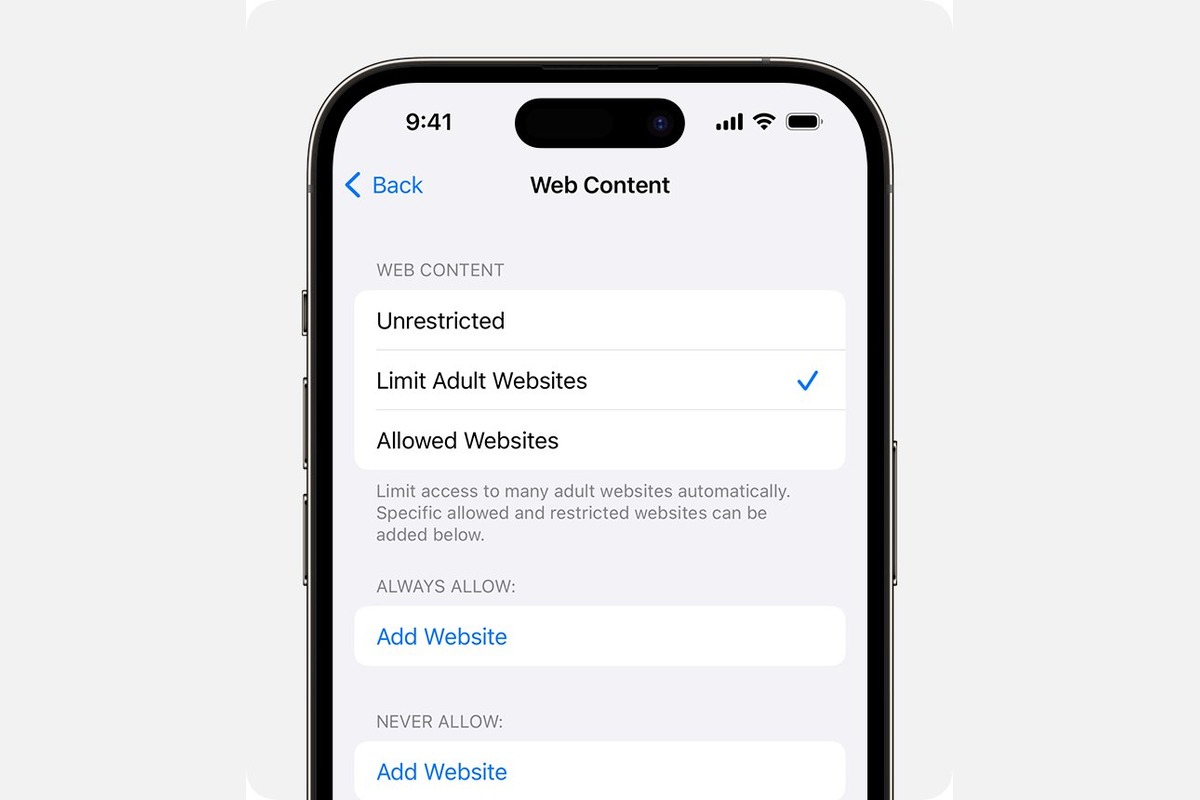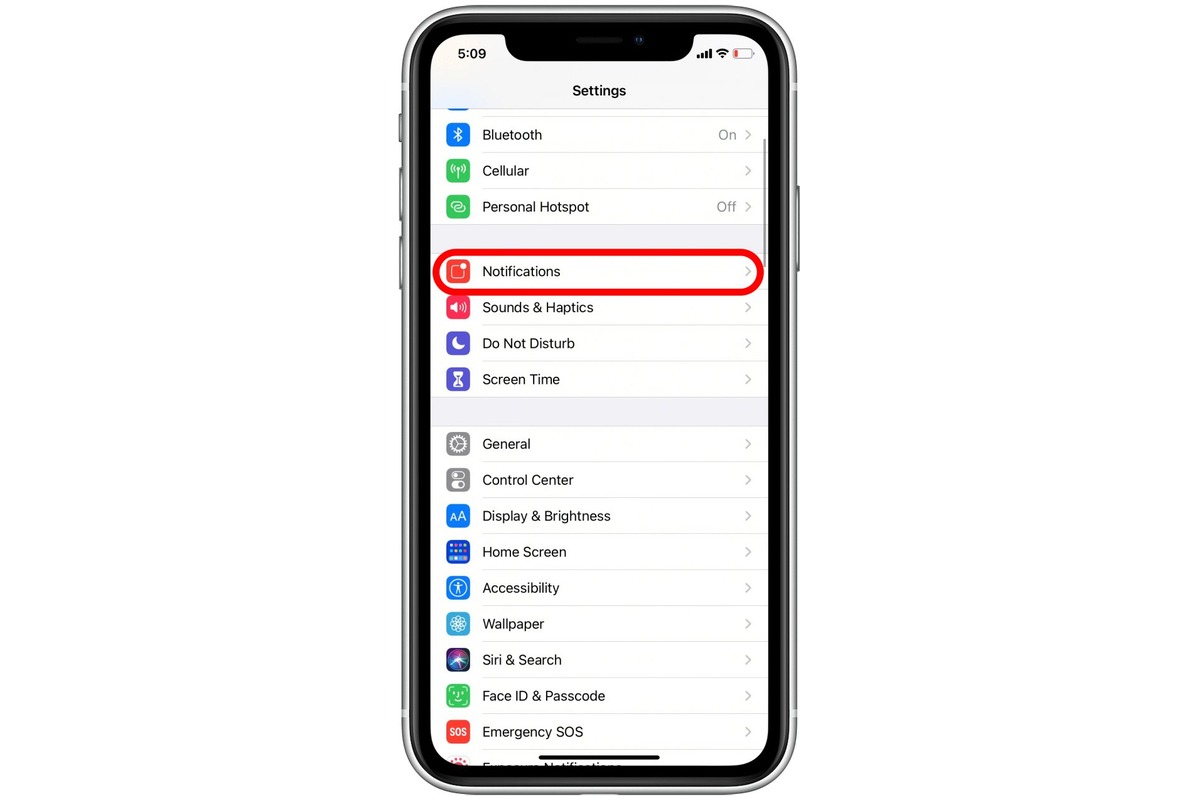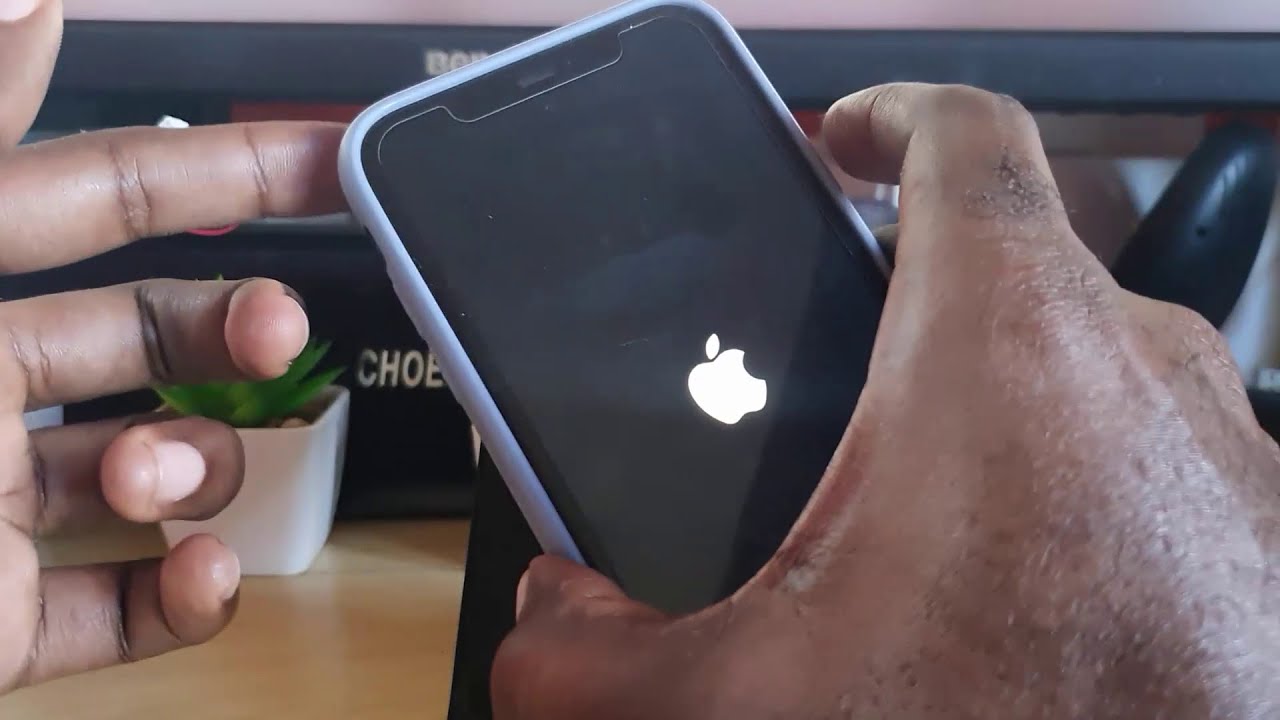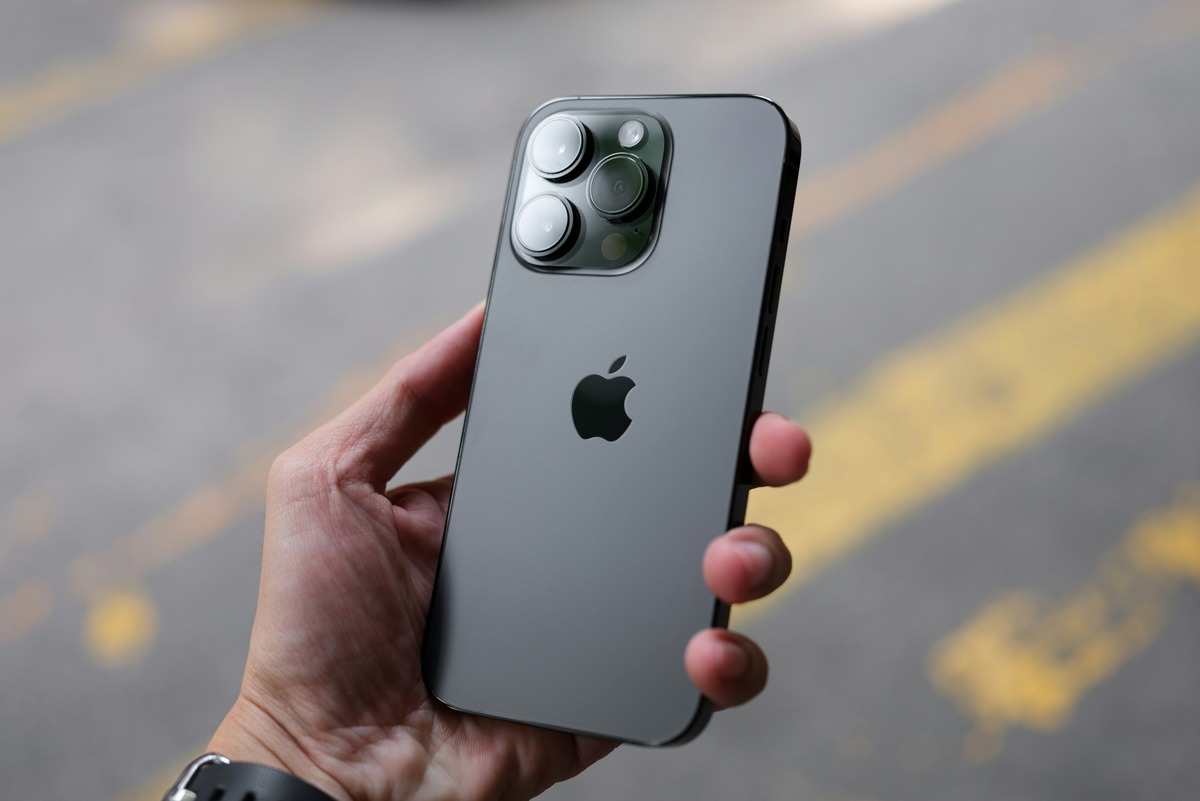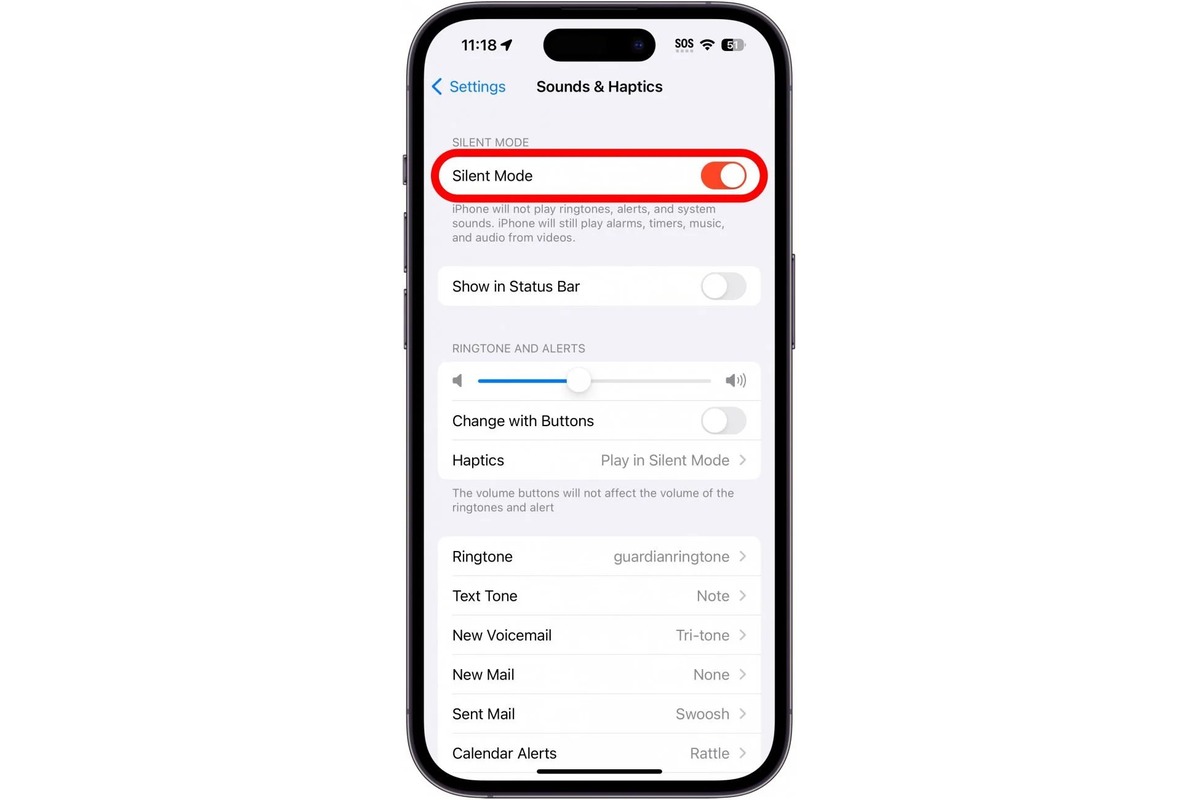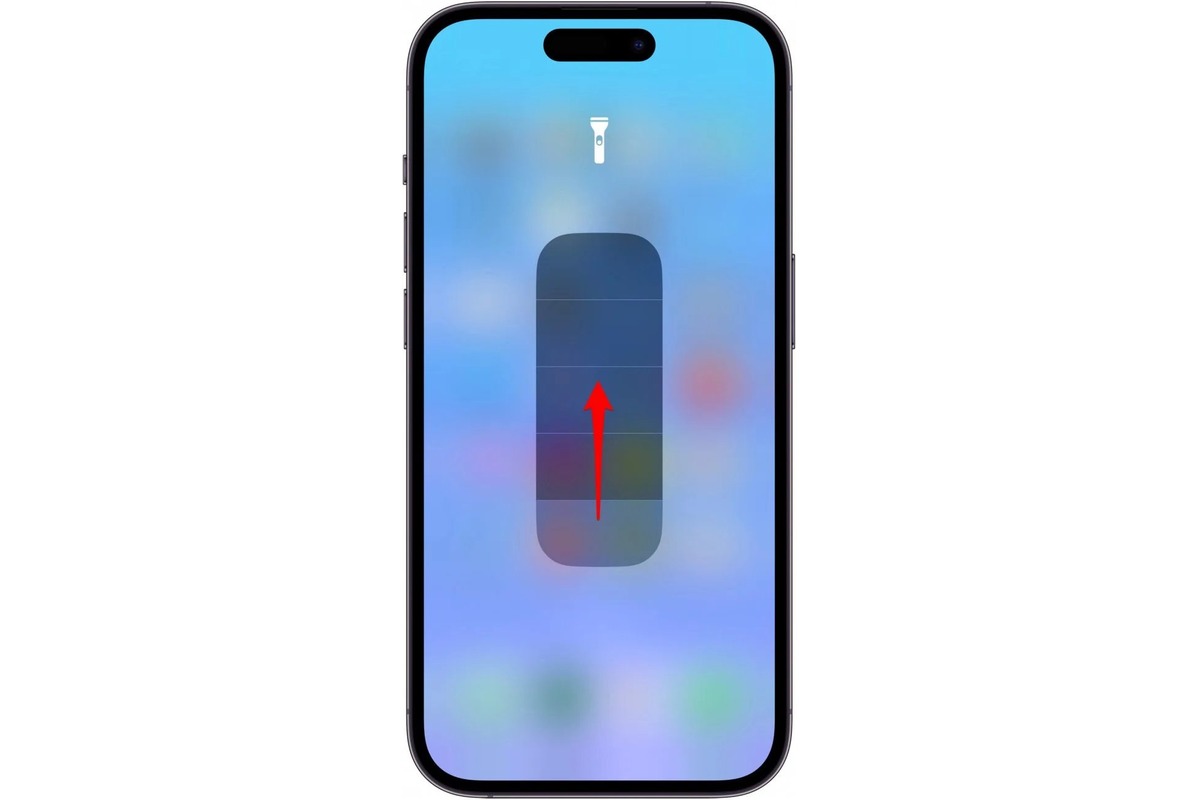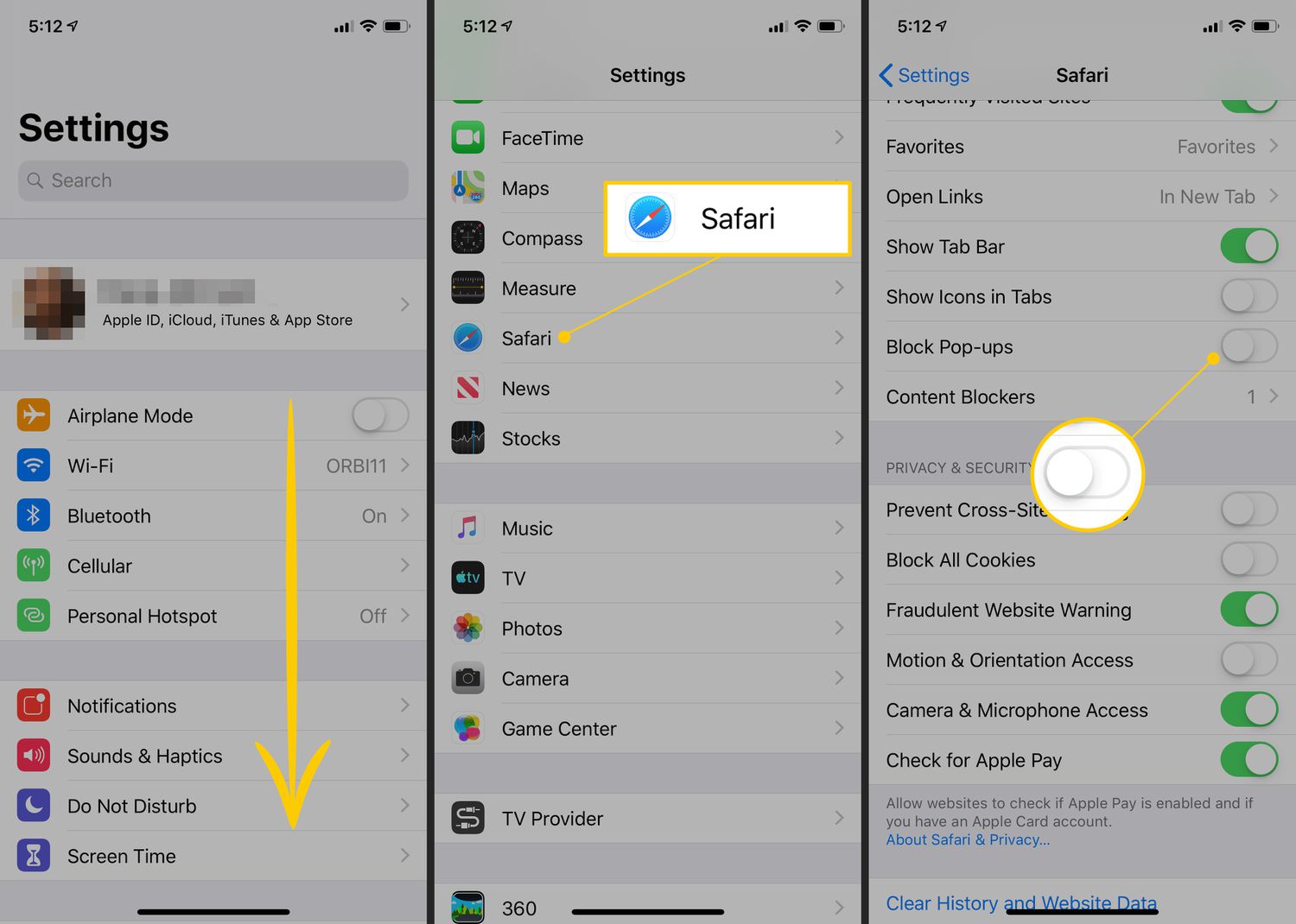Home>Technology and Computers>How To Turn Off Pop Up Blocker On IPhone
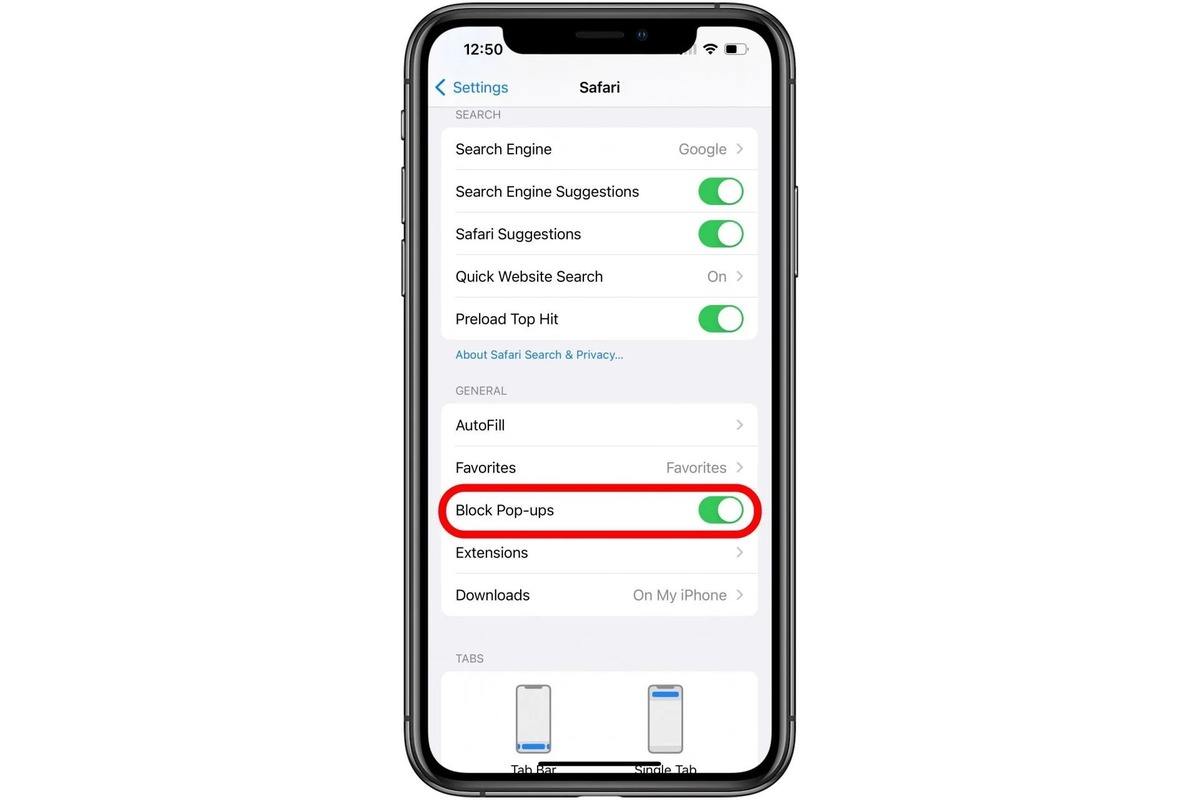

Technology and Computers
How To Turn Off Pop Up Blocker On IPhone
Published: March 4, 2024
Learn how to disable the pop-up blocker on your iPhone to enhance your browsing experience. Get step-by-step instructions for managing pop-ups and improving your technology and computer usage.
(Many of the links in this article redirect to a specific reviewed product. Your purchase of these products through affiliate links helps to generate commission for Noodls.com, at no extra cost. Learn more)
Table of Contents
Introduction
Pop-up blockers are a common feature in web browsers, including those on iPhones, designed to prevent intrusive pop-up windows from disrupting your browsing experience. While these blockers serve a valuable purpose by shielding users from unwanted advertisements and potentially harmful content, there are instances where you may need to temporarily disable them to access specific websites or features.
In this comprehensive guide, we will delve into the intricacies of pop-up blockers on iPhones, focusing on Safari, Chrome, and Firefox browsers. You will learn how to navigate the settings of each browser to effectively turn off the pop-up blocker, enabling you to access desired content without restrictions.
Understanding the functionality of pop-up blockers and gaining the knowledge to manage them on your iPhone can significantly enhance your browsing experience. Whether you are encountering obstacles while accessing a legitimate website or seeking to enable specific features, having the ability to control pop-up blockers empowers you to tailor your browsing environment to your preferences.
Now, let's embark on this journey to unravel the methods of turning off pop-up blockers on your iPhone, empowering you to navigate the digital landscape with ease and flexibility.
Read more: How To Enable Pop-Up Blocker On IPhone
Understanding Pop Up Blockers on iPhone
Pop-up blockers are integral components of web browsers, including those on iPhones, designed to shield users from intrusive pop-up windows. These blockers serve as a defense mechanism against unwanted advertisements, potentially harmful content, and phishing attempts, thereby enhancing the overall browsing security and user experience.
When you access a website on your iPhone, the pop-up blocker works silently in the background, analyzing the site's behavior and intercepting any attempts to generate pop-up windows. This proactive approach ensures that your browsing session remains uninterrupted and free from disruptive pop-ups that could potentially compromise your device's security or inundate you with unwanted content.
The pop-up blocker achieves this by employing a set of predefined rules and algorithms to identify and block pop-up windows that do not align with the expected behavior of legitimate websites. This includes scrutinizing the frequency and timing of pop-up occurrences, as well as the content and origin of the pop-ups, to distinguish between benign website features and potentially malicious pop-up attempts.
On iPhones, popular web browsers such as Safari, Chrome, and Firefox are equipped with robust pop-up blockers that work seamlessly to safeguard users from intrusive pop-ups. These blockers are an essential line of defense, especially in the current digital landscape, where online threats continue to evolve and pose risks to users' privacy and security.
While pop-up blockers are effective in mitigating the risks associated with unwanted pop-ups, there are instances where users may need to temporarily disable them. This could be necessary when accessing specific websites that utilize legitimate pop-up windows for essential functions, such as authentication, payment processing, or content display. In such cases, having the ability to manage and control the pop-up blocker settings on your iPhone becomes crucial in ensuring a seamless browsing experience.
By understanding the underlying mechanisms of pop-up blockers on iPhones, users can navigate the digital realm with confidence, knowing that their browsing sessions are shielded from intrusive pop-ups while retaining the flexibility to manage the blocker settings as needed. This knowledge empowers users to strike a balance between security and accessibility, enabling them to make informed decisions when interacting with diverse online content and services.
In the subsequent sections, we will delve into the specific steps to turn off the pop-up blocker on Safari, Chrome, and Firefox browsers, equipping you with the practical know-how to manage this essential feature on your iPhone.
Turning Off Pop Up Blocker on Safari
Safari, the default web browser on iPhones, incorporates a robust pop-up blocker that diligently safeguards users from intrusive pop-up windows. However, there are scenarios where you may need to disable this feature to access specific website content or features. Here's a comprehensive guide on how to turn off the pop-up blocker on Safari, empowering you to tailor your browsing experience to your preferences.
-
Accessing Safari Settings: To begin, launch the Safari browser on your iPhone and tap the "Settings" icon, typically located on the home screen. Scroll down to locate and select "Safari" from the list of available settings options.
-
Navigating to Pop-Up Blocker Settings: Within the Safari settings menu, scroll down to find the "Block Pop-ups" option. This setting allows you to toggle the pop-up blocker on or off according to your preferences.
-
Disabling the Pop-Up Blocker: Upon locating the "Block Pop-ups" setting, simply tap the toggle switch next to it to turn off the pop-up blocker. When the toggle switch is in the off position, Safari will no longer block pop-up windows, allowing you to access websites that utilize legitimate pop-ups for essential functions or content display.
-
Confirmation and Testing: After disabling the pop-up blocker, you can proceed to access the website or feature that prompted you to turn off the blocker. Verify that the pop-ups are now accessible and functioning as intended. It's important to exercise caution and only disable the pop-up blocker for trusted websites to mitigate potential security risks associated with unregulated pop-ups.
-
Re-Enabling the Pop-Up Blocker: Once you have completed your tasks on the website that required the pop-up blocker to be turned off, it's advisable to re-enable the blocker for enhanced security. Simply revisit the Safari settings, navigate to the "Block Pop-ups" option, and toggle the switch to the on position to reactivate the pop-up blocker.
By following these straightforward steps, you can effectively manage the pop-up blocker settings on Safari, tailoring your browsing environment to accommodate specific website requirements while maintaining a proactive defense against intrusive pop-ups. This flexibility empowers you to strike a balance between accessibility and security, ensuring a seamless and personalized browsing experience on your iPhone.
Turning Off Pop Up Blocker on Chrome
Chrome, a popular web browser renowned for its versatility and user-friendly interface, incorporates a robust pop-up blocker that enhances the browsing security and experience on iPhones. However, there are instances where users may need to disable the pop-up blocker to access specific website features or content. Here's a comprehensive guide on how to turn off the pop-up blocker on Chrome, empowering you to customize your browsing environment to suit your needs.
-
Accessing Chrome Settings: To begin, launch the Chrome browser on your iPhone and tap the three-dot menu icon located at the bottom of the screen. From the menu that appears, select "Settings" to access the browser's configuration options.
-
Navigating to Site Settings: Within the Chrome settings menu, scroll down and select "Site Settings" to delve into the detailed controls for website behavior and permissions.
-
Managing Pop-ups: Under the Site Settings menu, locate and tap on "Pop-ups and redirects" to access the specific settings related to pop-up behavior on websites.
-
Disabling the Pop-up Blocker: Upon entering the Pop-ups and redirects settings, you will find a toggle switch that controls the blocking of pop-up windows. Simply tap the toggle switch to turn off the pop-up blocker, allowing Chrome to permit pop-ups on websites as per your preference.
-
Confirmation and Testing: After disabling the pop-up blocker, you can proceed to access the website or feature that necessitated the blocker to be turned off. Verify that the pop-ups are now accessible and functioning as intended. It's important to exercise caution and only disable the pop-up blocker for trusted websites to mitigate potential security risks associated with unregulated pop-ups.
-
Re-Enabling the Pop-up Blocker: Once you have completed your tasks on the website that required the pop-up blocker to be turned off, it's advisable to re-enable the blocker for enhanced security. Simply revisit the Pop-ups and redirects settings, and toggle the switch to the on position to reactivate the pop-up blocker.
By following these straightforward steps, you can effectively manage the pop-up blocker settings on Chrome, tailoring your browsing environment to accommodate specific website requirements while maintaining a proactive defense against intrusive pop-ups. This flexibility empowers you to strike a balance between accessibility and security, ensuring a seamless and personalized browsing experience on your iPhone.
Turning Off Pop Up Blocker on Firefox
Firefox, known for its robust privacy features and customizable browsing experience, incorporates a reliable pop-up blocker that enhances the security and usability of the browser on iPhones. However, there are instances where users may need to disable the pop-up blocker to access specific website features or content. Here's a comprehensive guide on how to turn off the pop-up blocker on Firefox, empowering you to customize your browsing environment to suit your needs.
-
Accessing Firefox Settings: To begin, launch the Firefox browser on your iPhone and tap the menu icon (three horizontal lines) located at the bottom of the screen. From the menu that appears, select "Settings" to access the browser's configuration options.
-
Navigating to Privacy & Security: Within the Firefox settings menu, scroll down and select "Privacy & Security" to delve into the detailed controls for browsing privacy and security settings.
-
Managing Pop-up Windows: Under the Privacy & Security menu, locate and tap on "Block Pop-up Windows" to access the specific settings related to pop-up behavior on websites.
-
Disabling the Pop-up Blocker: Upon entering the Block Pop-up Windows settings, you will find a toggle switch that controls the blocking of pop-up windows. Simply tap the toggle switch to turn off the pop-up blocker, allowing Firefox to permit pop-ups on websites as per your preference.
-
Confirmation and Testing: After disabling the pop-up blocker, you can proceed to access the website or feature that necessitated the blocker to be turned off. Verify that the pop-ups are now accessible and functioning as intended. It's important to exercise caution and only disable the pop-up blocker for trusted websites to mitigate potential security risks associated with unregulated pop-ups.
-
Re-Enabling the Pop-up Blocker: Once you have completed your tasks on the website that required the pop-up blocker to be turned off, it's advisable to re-enable the blocker for enhanced security. Simply revisit the Block Pop-up Windows settings, and toggle the switch to the on position to reactivate the pop-up blocker.
By following these straightforward steps, you can effectively manage the pop-up blocker settings on Firefox, tailoring your browsing environment to accommodate specific website requirements while maintaining a proactive defense against intrusive pop-ups. This flexibility empowers you to strike a balance between accessibility and security, ensuring a seamless and personalized browsing experience on your iPhone.
Read more: How To Turn Off Focus On IPhone
Conclusion
In conclusion, the ability to manage pop-up blockers on your iPhone's web browsers, including Safari, Chrome, and Firefox, is a valuable skill that empowers you to navigate the digital landscape with flexibility and control. By understanding the underlying functionality of pop-up blockers and mastering the methods to turn them off when necessary, you can tailor your browsing experience to accommodate specific website requirements while maintaining a proactive defense against intrusive pop-ups.
The comprehensive guide provided in this article has equipped you with the practical knowledge to navigate the settings of each browser and effectively disable the pop-up blocker as needed. Whether you encounter a legitimate website that utilizes essential pop-up windows for authentication, content display, or interactive features, or you simply seek to access specific content without restrictions, the ability to manage pop-up blockers on your iPhone enhances your browsing experience.
It's important to exercise caution and discretion when disabling pop-up blockers, ensuring that you only do so for trusted websites and legitimate purposes. By striking a balance between accessibility and security, you can leverage the flexibility offered by pop-up blocker management while mitigating potential risks associated with unregulated pop-ups.
As the digital landscape continues to evolve, the knowledge and skills gained from this guide will serve you well in navigating diverse online content and services on your iPhone. By staying informed and proactive in managing pop-up blockers, you can optimize your browsing experience, access desired content, and interact with websites seamlessly, all while maintaining a secure and controlled browsing environment.
In essence, the ability to turn off pop-up blockers on your iPhone empowers you to harness the full potential of web browsing, enabling you to engage with diverse online content and services while safeguarding your privacy and security. This newfound proficiency positions you as a savvy and informed user, capable of navigating the digital realm with confidence and control.
By mastering the art of managing pop-up blockers on your iPhone, you have unlocked a valuable skill that enhances your browsing experience, aligns with your preferences, and ensures a seamless and personalized interaction with the digital world.
